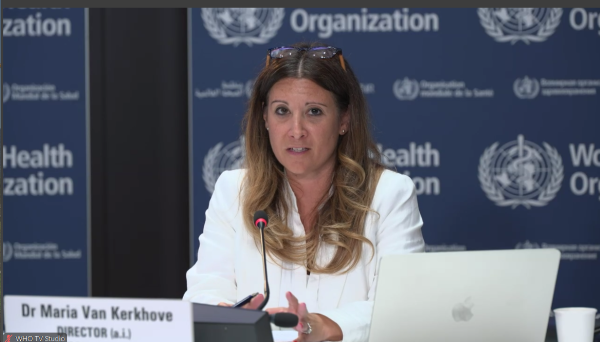More than four years after the outbreak of COVID-19, the virus’s exact origin remains unclear due to critical data gaps, particularly from China. This is the conclusion of the World Health Organization’s Scientific Advisory Group for the Origins of Novel Pathogens (SAGO), which presented its final report on Friday after a lengthy investigation.
The 27-member international team stated that “most scientific data and accessible published evidence” supports the theory that SARS-CoV-2, the virus responsible for COVID-19, most likely originated in animals—either directly from bats or through an intermediate host—before infecting humans.
However, the possibility of a laboratory leak cannot be ruled out. During a press briefing, SAGO chair Dr. Marietjie Venter said efforts to investigate this theory have been hampered by a lack of cooperation and transparency, particularly from China. “Much of the information needed to assess this hypothesis has not been made available to WHO and SAGO, despite repeated requests,” she said.
Further complicating the investigation is the limited access to intelligence reports from the United States and Germany. “Data in those reports tended to be speculative, politically influenced, and not backed by scientific evidence,” Venter added.
Dr. Maria Van Kerkhove, WHO’s COVID-19 technical lead, emphasized the urgent need for more information from Chinese authorities. “This is a global scientific effort, but given that the earliest known cases were reported in Wuhan, China, we must complete comprehensive studies there,” she said.
SAGO said it has examined four key hypotheses: natural zoonotic spillover, a lab accident, introduction via imported frozen food (an early theory promoted by Chinese authorities), and deliberate laboratory manipulation (largely considered a conspiracy theory). The group ruled out the frozen food theory and found no supporting evidence for intentional manipulation.
What remains is a debate between the animal-origin and accidental lab-leak theories. While evidence supports a natural spillover, the lack of direct access to animal market data, lab protocols, and early case records leaves the matter unresolved.
The Huanan seafood market in Wuhan played a key role in the early spread of the virus, with about 60% of the earliest known cases linked to it. However, it is still unclear whether the market was the origin point or merely a site of amplification following an earlier transmission.
Metagenomic evidence from the market showed several wildlife species that could have served as intermediate hosts. But Van Kerkhove said comprehensive upstream investigations into wildlife trade and supply chains leading to the market have yet to be conducted.
Additionally, the discovery of two distinct SARS-CoV-2 lineages in early human cases at the market suggests the virus may have evolved in animals or humans before the outbreak, further complicating the timeline.
Until further data is released, especially from China, SAGO concludes that the origin of SARS-CoV-2 remains scientifically inconclusive. The group has urged countries, including China, the U.S., and Germany, to share all relevant information so that a complete picture can be drawn and future pandemics can be better prevented.


